Are you creating content in a vacuum?
Are you throwing out random blogs, topics, and keywords, hoping they’ll stick – without doing any research or strategizing?
Here’s the problem:
You can’t create content randomly and expect to see results.
That’s like throwing a dart at a bullseye… blindfolded.
To see any profitable traffic and high-quality inbound leads coming in through user search, you have to strategize your content around solid SEO.
In my own agency, SEO has supported most of our blogs. Each post is written to provide useful information to our readers and to hit those coveted search engine rankings.
During the month of May (our most profitable month on record), we had 93,000 website visitors, nearly all of which came in through organic search.
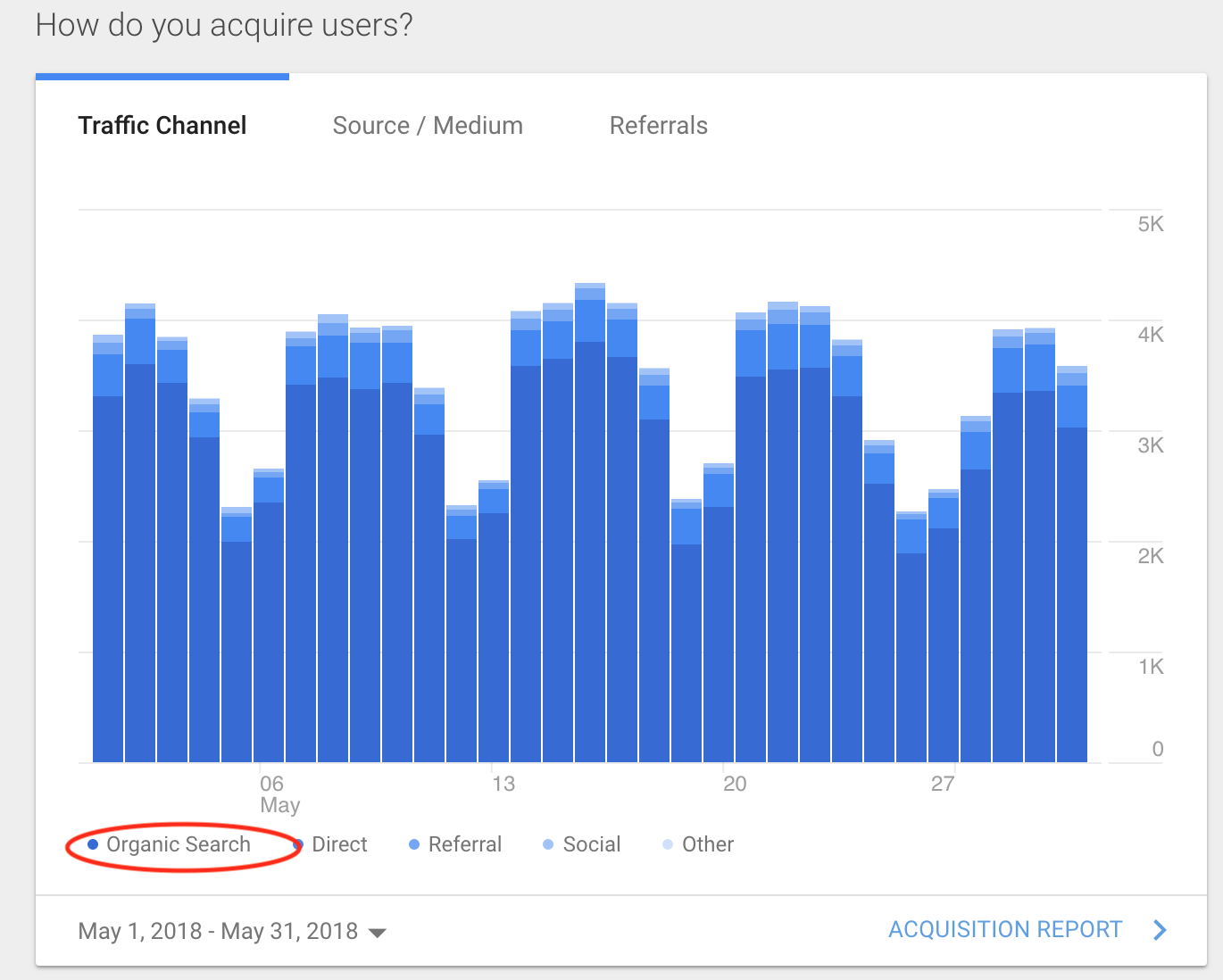
Our SEO content helps us rank for high-ROI keywords – which our ideal customers are actively searching.
This traffic netted us an estimate of nearly 15,000 leads and over 2,000 sales.
From these numbers, we earned $186,128.50 in gross sales.
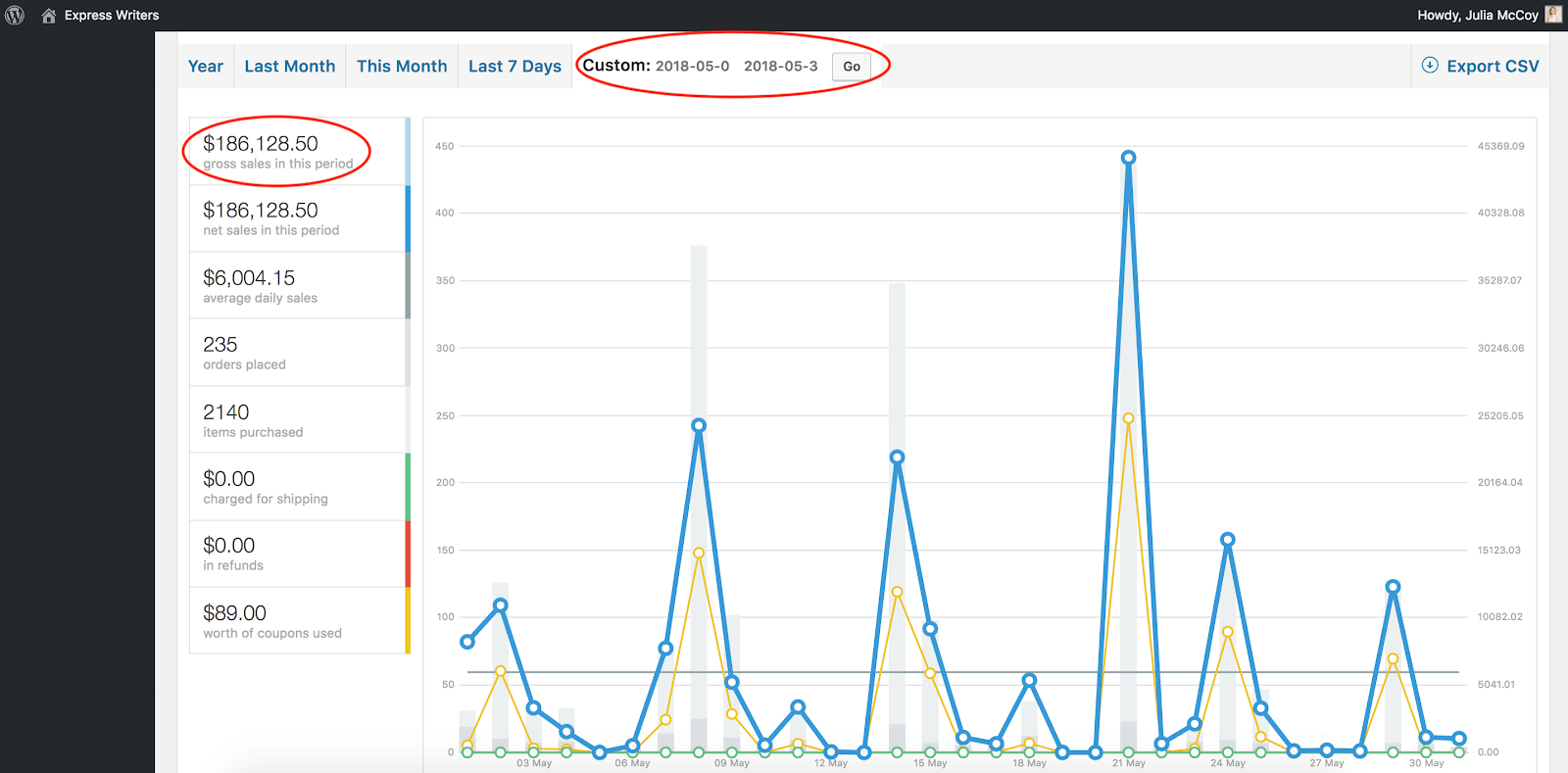
That’s the power of an SEO-geared content strategy.
As you can see, our agency success with SEO content makes us an amazingly convincing example. Without SEO, we would be nowhere.
So, how can you set up your own SEO content strategy?
By starting at the foundation-level of your content and building upwards, incorporating SEO every step of the way.
Ready to take your content from zero to optimized hero?
If your content is staggering along, barely standing on two legs…
You probably need to add strategic SEO to your mix.
Here are five methods to incorporate SEO to your content strategy.
1. Define Your Topic Area
I bet you were expecting to start with keyword research as the first step to integrating SEO into your content strategy.
Nope.
Keyword research alone does not an SEO strategy make.
Instead, we want to begin by defining your brand’s purpose and expertise.
What unique knowledge base relating to your industry can you offer to an audience?
Start there. This is your topic area that will guide your audience research, keyword research, and SEO content creation. This positions you advantageously for eventually creating content that converts.
Once you have your expertise nailed down, you’ll be able to combine this knowledge with your audience data to come up with all kinds of content topics, ones that are in your wheelhouse and appeal to readers.
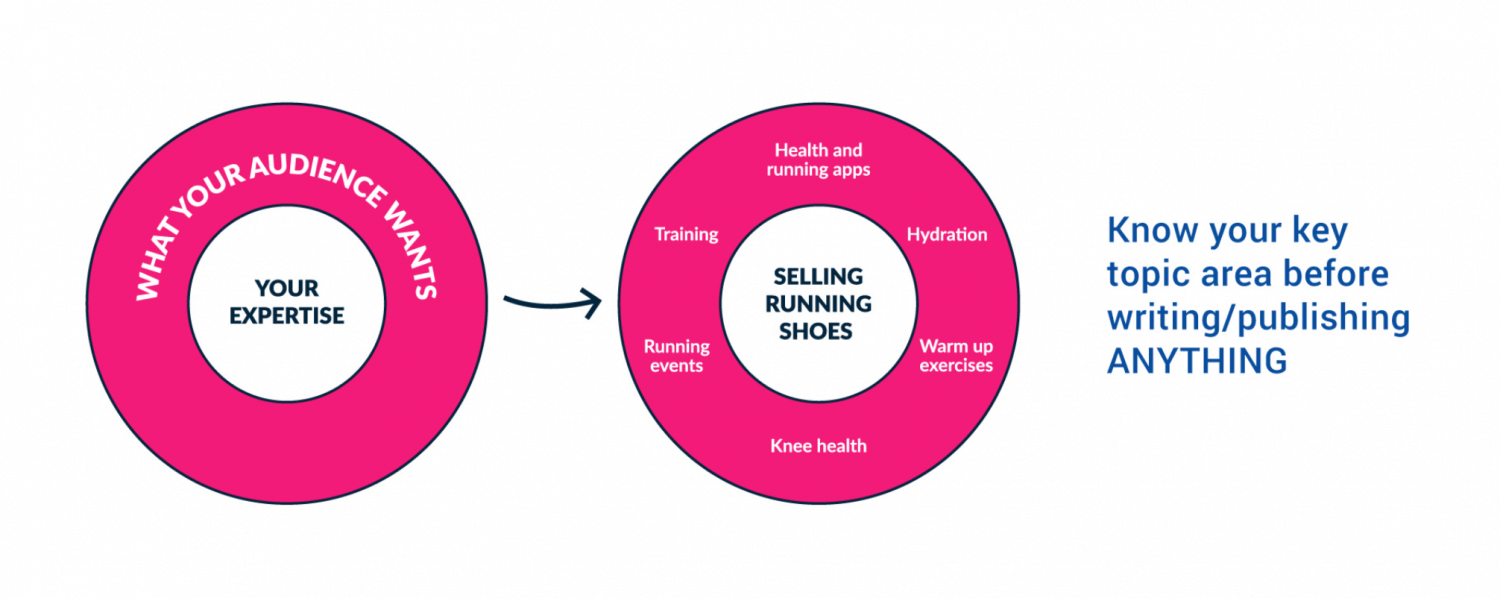
2. Define Who You’re Targeting in Search
That’s the next biggest question to answer when you’re setting up an SEO content strategy.
There are lots of ways to narrow this down. Here are a few suggestions:
- Look at your current customers for clues (if you have any). Analyze their similarities. Write down your discoveries.
- Check out who your competition is targeting. Look at their followers on social media, customer reviews, and blog comments. Don’t necessarily target the same audience – figure out how you can branch out or niche down from this group.
- Outline the benefits of your product/service and determine the type of people who might need it.
- Conduct surveys and figure out what prospects are actually thinking about your product/service, including common questions you may be able to answer in your content.
- Create audience personas based on all the data you unearth. Each persona should represent an ideal customer. Refer to these personas as you create content to really speak to that audience.

3. Find Keywords that Hit Your Topic Area + Target Audience
Finally: Time for keywords.
Now that you understand your expertise (also called your content core) and who you need to be targeting, you can combine this knowledge into super-effective keyword research.
In short, you should research keyword opportunities that point to topics your audience cares about.
Here’s a quick way to go about that:
- Step 1: Start with a broad search term that falls under your industry expertise.
- Example: If I sell running shoes, I would start with that broad, root keyword: “running shoes.”
- Step 2: Narrow down that term by thinking about these factors:
- Your bestselling products/services
- Variations of those keywords
- Product/service features
- Questions your customers might ask Google to find your business or buy your product
- Step 3: Put it all together. You should be able to come up with a rough list of ideas to look into further using keyword research tools.
- Example: From my broad, root term, “running shoes,” I come up with this list:
- Women’s Nike running shoes (one of my bestsellers)
- Women’s Nike running sneakers (a variation of the keyword using different wording)
- Running sneakers cushioned sole (my root term + features of my product)
- What kind of running shoes should I buy? (a common customer question)
- Example: From my broad, root term, “running shoes,” I come up with this list:
- Step 4: Check your tools. Take your list of potential keywords and, using your favorite tool, search each one to find your best opportunities.
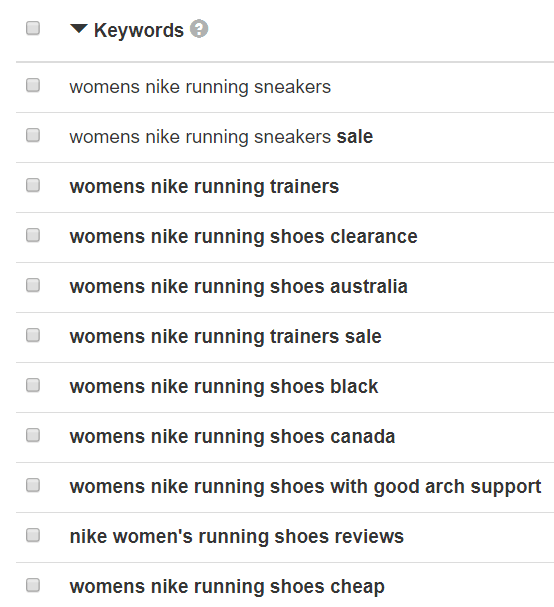
The keyword suggestions I get when I research “womens Nike running sneakers” with KeywordTool.io
Keep in mind, you may come up with a much longer list than the skeleton I have above. That’s perfect – you’ll just need more time to plug those terms into the keyword research tool of your choice.
4. Optimize Intelligently
Once your high-ROI keywords are in hand, you can use them to pump up your content during creation.
Optimize intelligently to make sure you grab every chance for search engines to rank your content. That must include things like:
- Using your target keyword in the H1, H2s, and meta description.
- Making your content relevant, high-value, and comprehensive.
- Sticking to a consistent publishing schedule.
- And more.
5. Build Your Content on Your Own Internet Plot
Before you can begin publishing and sharing your content, you must have a place where it can live, where you can build your authority, relevance, and trust.
Today, publishing content on your own platform is more important than ever.
Proprietary platforms, including social media sites like Facebook and Twitter and content sites like Medium, are borrowed space. Posting content on these platforms isn’t guaranteed.
Plus, as Baremetrics makes clear in their own experience with posting exclusively on Medium, posting off-domain on a proprietary platform means the “face” of your content is erased.
Here’s what they had to say about this:

Another good example: Look at what happened with The Huffington Post and their unpaid contributor blogger program. They shut it down without warning, and the guest blog posts people had invested in publishing there (including my own!) disappeared along with it.
Any traction or rankings I had earned went “poof.”
This is why, when we publish content, our primary focus should be on our own site, which is totally under our control.
Here’s a visual of what that looks like for my company:
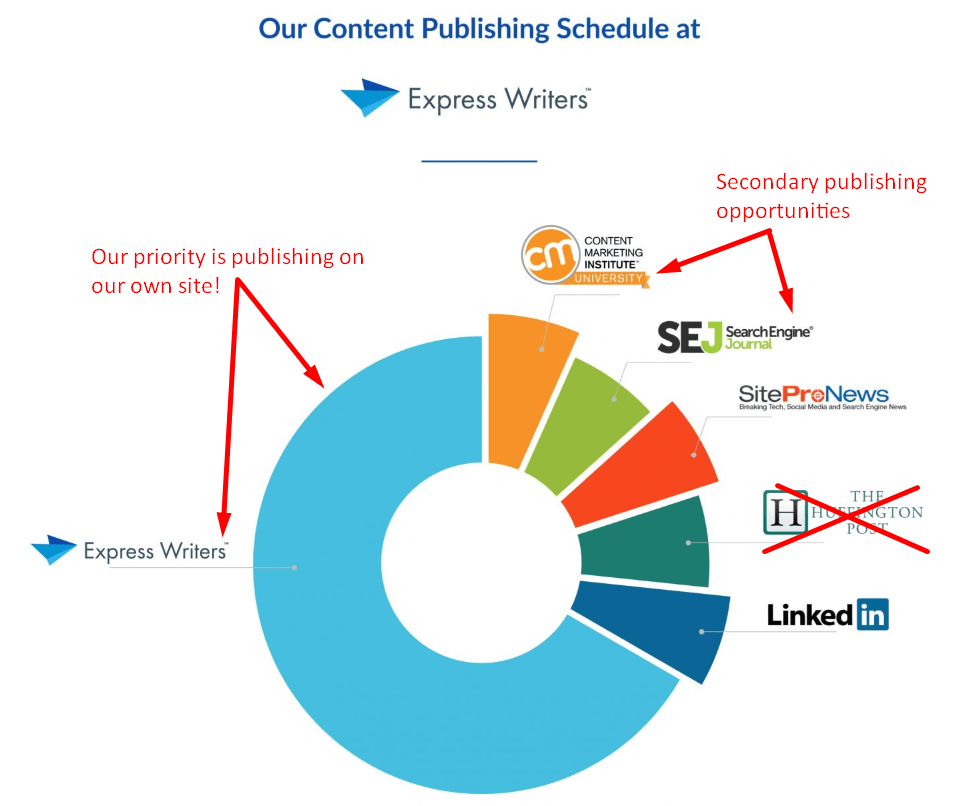
Publishing your content on your site is thus central to an SEO content strategy.
Build an Effective SEO Content Strategy for Greater Gains
A content strategy that is undergirded by SEO is one that will rake in profitable traffic.
It will help convert traffic from search into qualified leads.

However, an SEO content strategy isn’t just about keywords.
It’s about research. It’s about knowing your expertise in your industry, and understanding your audience.
It’s about tying this knowledge into your content to make it irresistible to your readers and to search engines.
Now that’s a smart content strategy.
More Content Marketing Resources:
Image Credits
Screenshots taken by author, June 2018
Subscribe to SEJ
Get our daily newsletter from SEJ’s Founder Loren Baker about the latest news in the industry!
